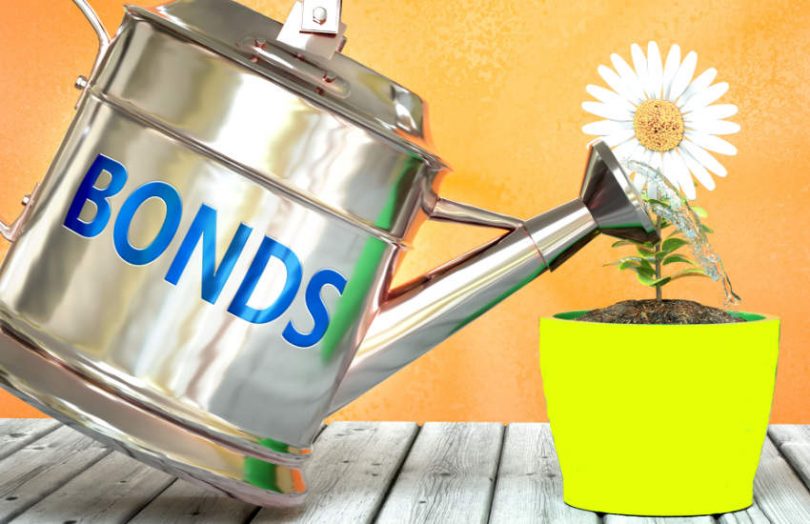Today the BIS Innovation Hub in Hong Kong announced the successful completion of its second blockchain green bond experiments, Project Genesis 2, in which Goldman Sachs participated alongside several other organizations. Previous experiments trialed the basics of issuing a blockchain green bond. This iteration explored automating the reporting on delivering the bond’s green promises and a novel financial structure.
The research involved the Hong Kong Monetary Authority (HKMA), the UN Climate Change Global Innovation Hub, and two private consortia.
Two issues identified as necessary for the successful growth of green bonds are to address greenwashing and ensure funding addresses climate issues instead of refinancing existing projects.
Emma Howard Boyd, Chair of the Environment Agency is quoted as saying, “if we fail to identify and address greenwashing, we allow ourselves false confidence that we are already addressing the causes and treating the symptoms of the climate crisis. Greenwashing makes it more likely that we won’t realise this deception until it is too late”.
A novel structure enabled by blockchain, tokenization
The novelty of the project is the separation of the bond and the green benefits. When a bond is issued, the investor receives the bond principal obligation, any rights to future interest and “mitigation outcome interests” (MOIs). MOIs are tokenized carbon credit forwards for the relevant project. Or the carbon benefit that the project will deliver in the future, which might be split into yearly tranches.
Take an example of a wind farm. The wind farm will generate carbon benefits over the ten-year span of the bond. The right to those annual carbon benefits is the annual MOIs attached to the bond.
The tokenized MOIs can be traded separately from the underlying bond, and are redeemed by the delivery of the carbon unit, the mitigation outcome unit (MOU).
One of the private consortia involved Goldman Sachs using its tokenization Digital Asset Platform (DAP) ESG prototype, which Digital Asset developed. The tech firm also used its DAML Canton blockchain interoperability solution. And Nomura-backed Allinfra has a platform that uses blockchain and IoT to track green claims.
The second consortium consisted of Singapore-based InterOpera, a blockchain interoperability solution for capital markets, Thailand’s Krungthai Bank, and two industrial firms interested in sustainability, Korean firms Sungshin Cement and Samwoo.







